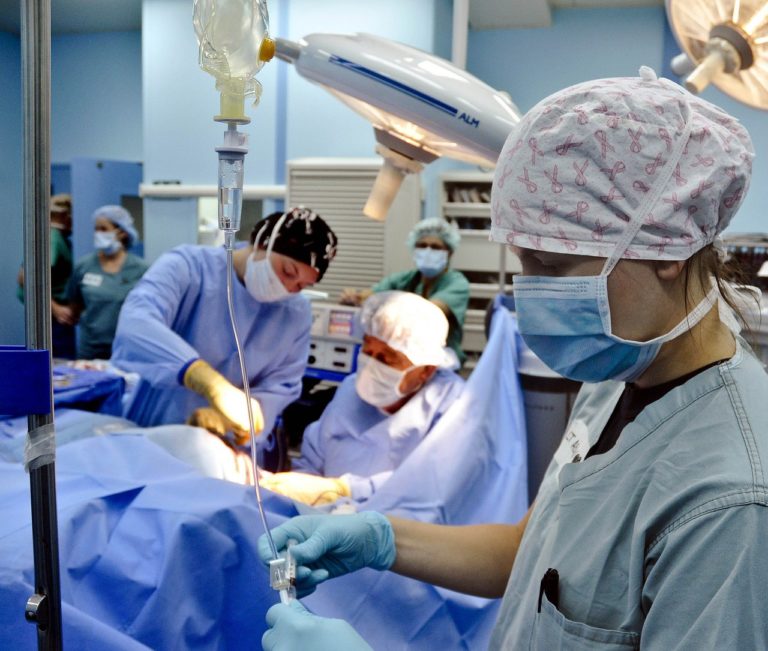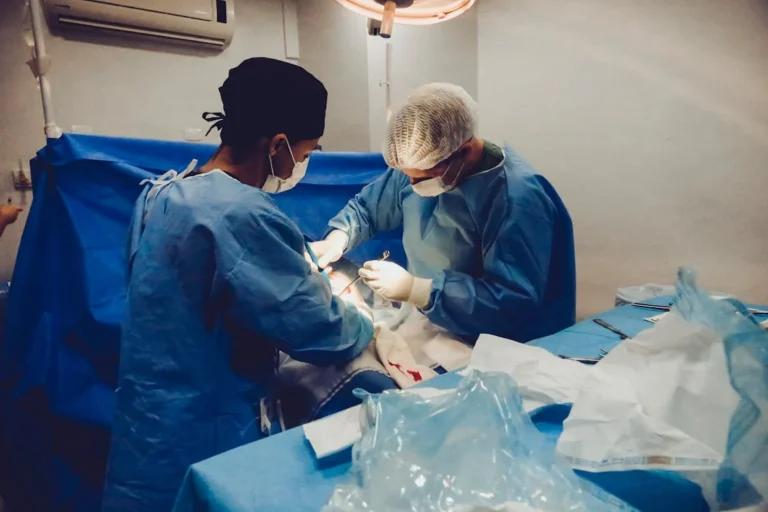Book Appointment Now

Prevention of Infant Injuries During Natural Delivery
The safe delivery of newborns is a top priority for healthcare professionals in midwife, neonatal, and pediatric nursing. During natural delivery, the risk of infant injuries, such as fractures, nerve damage, or head trauma, can be a concern. This article explores strategies for the prevention of infant injuries during natural delivery, focusing on the role of midwives and nurses in ensuring a safe birthing process and promoting the well-being of both mother and baby.
Do you need nursing paper writing help about infant injuries preventions essay? ![]()
Common Causes of Infant Injuries During Natural Delivery
Infant injuries during natural delivery are often due to mechanical factors that arise during the birthing process. While most deliveries proceed without complications, certain risk factors can increase the likelihood of injuries.
Difficult or Prolonged Labor
Prolonged labor can increase the risk of injury to the infant, particularly when the baby is large or not positioned correctly. Nurses and midwives need to monitor labor progression closely and intervene when necessary to reduce stress on the infant.
Fetal Macrosomia
Babies weighing more than 8 lbs 13 oz (4,000 grams) are at higher risk of injuries during vaginal delivery. Nurses and midwives must be aware of fetal size to anticipate potential difficulties during labor.
Breech or Abnormal Presentation
Improper positioning, such as breech presentation, can lead to head or shoulder injuries if not managed carefully. Monitoring fetal position and recommending repositioning or delivery techniques can help avoid complications.
Instrumental Delivery
The use of instruments, such as forceps or vacuum extractors, can sometimes lead to infant injuries. While these tools are necessary in certain situations, they should be used judiciously, and healthcare providers must be trained in proper techniques to avoid harm.
Head and Scalp Injuries
Improper use of vacuum extractors can cause bruising, swelling, or, in rare cases, intracranial hemorrhage. Ensuring correct application and technique can minimize these risks.
Fractures or Nerve Damage
Forceps use can result in fractures of the clavicle or brachial plexus injuries if applied incorrectly. Nurses and midwives should focus on alternative techniques or carefully assess when such instruments are necessary.
The Role of Nurses and Midwives in Preventing Infant Injuries
Nurses and midwives play a critical role in the prevention of infant injuries during natural delivery. Their involvement spans from prenatal care to intrapartum monitoring and post-delivery assessments.
Prenatal Risk Assessment and Education
Preventing infant injuries begins with early identification of potential risks during prenatal care. Midwives and nurses should assess the mother’s health, the baby’s size and position, and other factors that might complicate natural delivery.
Ultrasound and Fetal Monitoring
Regular ultrasound exams can detect fetal size and presentation, helping healthcare providers prepare for potential complications. Monitoring the fetus during labor allows timely interventions to avoid injury.
Maternal Health
Conditions such as gestational diabetes can increase the risk of fetal macrosomia, making close monitoring essential. Nurses should educate mothers on proper diet and exercise during pregnancy to manage these risks.
Intrapartum Monitoring and Positioning
During labor and delivery, continuous monitoring of the fetal heart rate and the progression of labor is essential. Nurses and midwives must ensure that the mother is in optimal positions for delivery to reduce the risk of injury.
Optimal Labor Positions
Encouraging upright or side-lying positions can facilitate smoother labor and reduce pressure on the baby’s shoulders and head. Adjusting positions as labor progresses can enhance safety for both mother and baby.
Gentle Handling and Delivery Techniques
Nurses and midwives should employ gentle techniques to guide the baby through the birth canal, avoiding excessive pulling or pressure. This can prevent shoulder dystocia and other delivery complications.
Specific Strategies for Preventing Common Infant Injuries
Several strategies have proven effective in preventing infant injuries during natural delivery, ranging from the use of appropriate birthing techniques to timely interventions when complications arise.
Shoulder Dystocia Management
Shoulder dystocia, when the baby’s shoulder gets stuck behind the mother’s pelvic bone, is a leading cause of birth injuries. Proper techniques, such as the McRoberts maneuver, can help resolve this situation without injuring the infant.
McRoberts Maneuver
This involves positioning the mother’s legs towards her chest to widen the pelvis and allow the baby to pass more easily. It’s one of the most effective and low-risk interventions during shoulder dystocia.
Suprapubic Pressure
Applying pressure above the pubic bone can help dislodge the baby’s shoulder without causing damage to the collarbone or nerves. This technique should be employed cautiously by trained professionals.
Limiting Instrumental Interventions
When labor becomes complicated, it’s crucial to weigh the risks and benefits of instrumental delivery. Midwives and pediatric nurses should use instruments only when absolutely necessary and ensure that they are applied with precision.
Training and Skill in Instrument Use
Proper training in the use of forceps or vacuum extractors is essential to minimize the risk of infant trauma. Healthcare providers should have ongoing education and practice in these techniques.
Timing of Interventions
Prompt recognition of labor complications and early decision-making can prevent the need for forceful or rushed deliveries, reducing the risk of injury. Early intervention prevents the escalation of risks during delivery.
Post-Delivery Assessment and Monitoring
After delivery, it is essential for midwives and pediatric nurses to perform a thorough assessment of the newborn to check for any signs of injury. Early detection ensures prompt intervention and better outcomes.
Physical Examination of the Newborn
A complete physical examination of the newborn should be performed immediately after birth to check for signs of trauma, such as fractures, nerve damage, or soft tissue injuries.
APGAR Score
This test, conducted at one and five minutes after birth, evaluates the baby’s breathing, heart rate, muscle tone, reflex response, and color, helping to detect any immediate issues.
X-rays or Ultrasounds
If a fracture or injury is suspected, diagnostic imaging can confirm the extent of the damage and guide treatment. Nurses should advocate for appropriate diagnostic tests when injuries are suspected.
Parent Education and Support
After delivery, it’s vital to educate parents on potential signs of injury and ensure they understand how to care for their newborn. Early recognition of any delayed complications can lead to better outcomes.
Postpartum Care for Newborn Injuries
Nurses should provide guidance on how to handle and care for newborns who may have experienced minor injuries, such as gentle handling or swaddling techniques.
Follow-Up Care
Encouraging parents to attend follow-up visits ensures that any delayed signs of injury are addressed promptly. Continuous monitoring after discharge is crucial for early intervention.
The prevention of infant injuries during natural delivery is a crucial responsibility for healthcare professionals in midwife, neonatal, and pediatric nursing. Through comprehensive prenatal assessments, skilled labor monitoring, and the judicious use of interventions, nurses and midwives can significantly reduce the risk of injuries during birth. Ensuring the well-being of both mother and baby requires ongoing vigilance and a commitment to using evidence-based practices in every delivery.







